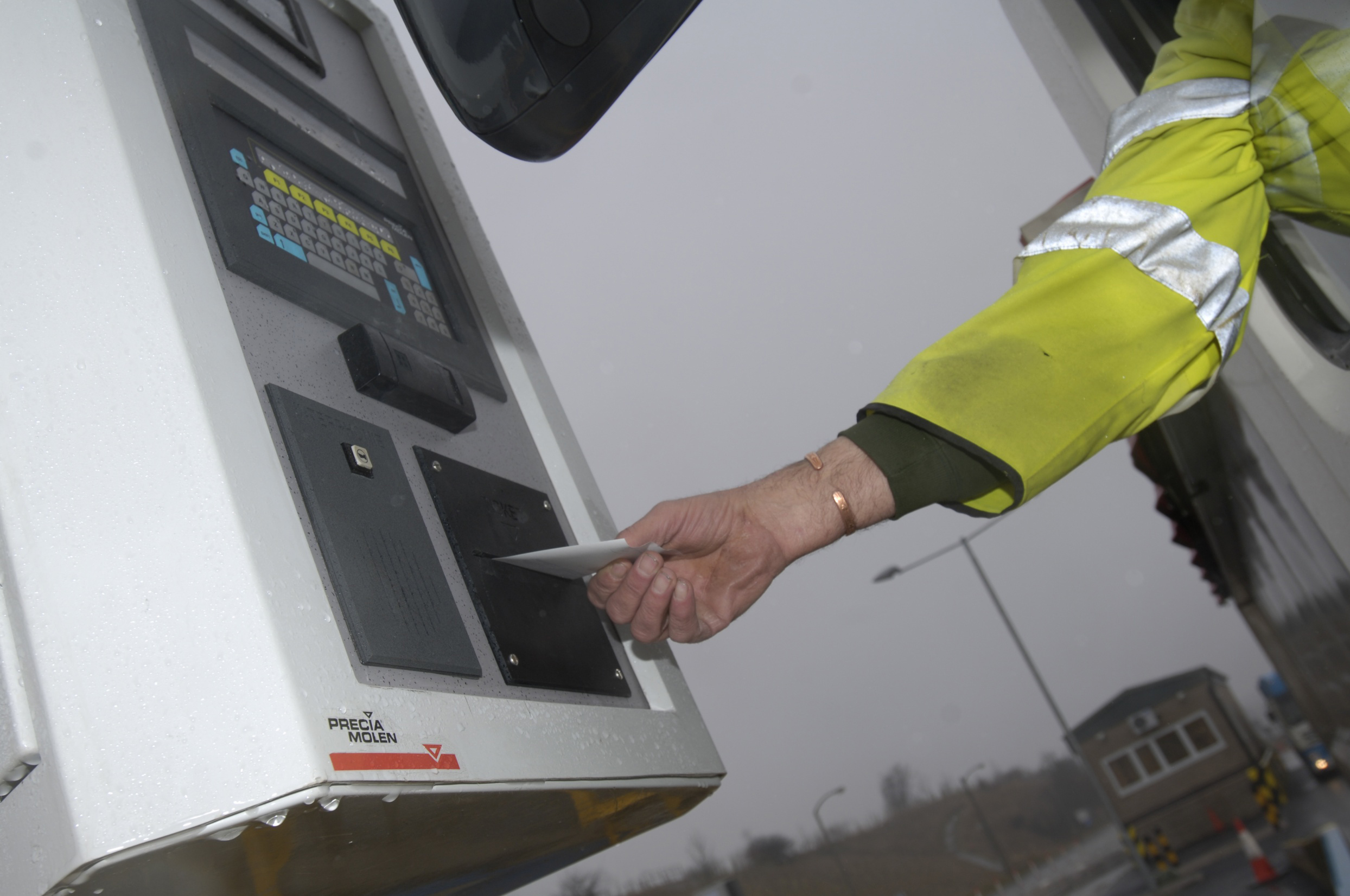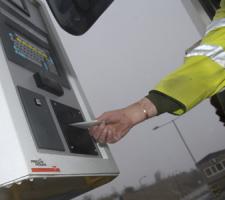
Automatic dispatch systems have the potential to replace paper-based systems to improve efficiency. ABE reports on a new system recently installed for the Arabian Cement Company
Demand for construction materials in Saudi Arabia has led to the
Other dispatch units at ACC's Rabigh plant rely on paper-based systems but the new production line will feature
According to ACC, the new production line needed a flexible and innovative on-site weighing and load management system that was capable of achieving three specific goals: to achieve controlled and orderly traffic within the plant, to optimise order handling and delivery tracking, and to automate the loading of trucks, with full integration into the ACC Oracle business management system.
ACC also wanted a system that had an operator interface available in both English and Arabic and Precia-Molen was also tasked with interfacing with the existing plant bulk loading cement silos, and the auto packers to ensure the correct number of bags are loaded.
Operating under
The company claims that another advantage of the system is that GeneSYS can be expanded to provide centralised control of multi-site operations, across both local area (LAN) and wide area (WAN) networks, with no upper limit on the number of sites, weighbridges or geographical location. In addition GeneSYS is able to communicate with a company's existing administration systems.
The technology has already been installed in a number of applications around Europe, with one of the largest being
The Tunstead system integrates the operation of 8 weighbridges, two batch weighers for rail car loading, and a total of 18 driver consoles which enable fully automated dispatch operations across the site.
Preferred road vehicles visiting the site are pre-issued with RFID cards for identification. On arrival the vehicle drives onto the weighbridge and the driver presents the RFID card to the cab-height driver console and enters an order number. GeneSYS then weighs the vehicle and, if the tare weight is within expected tolerance, a loading slip is issued.
Data for preferred vehicles is kept permanently by the system enabling faster verification and entry to the site.
If the vehicle is new to the site, the driver reports to the weighbridge operator, who inputs the registration details and order number. The vehicle is then weighed, issued with a loading slip and a single use RFID card and proceeds to the loading areas.
For bulk loading the driver proceeds to one of the numerous driver-operated loading points which feature automated loading.
GeneSYS verifies the vehicle is at the correct location and signals via the integrated PLC that the loading operation can start.
For vehicles being directed to the aggregates stock pile area, the order details are sent to the loading shovel via a telemetric link where the operator verifies that the vehicle is to be loaded with the correct product and tonnage.
Once loaded the vehicle proceeds to the check weighbridge where the order weight is checked against the loaded weight and if within tolerance is directed to the exit weighbridge.
For bagged cement or lime products, the driver simply presents his loading slip to an operator. Once loading is complete, confirmation is entered into GeneSYS and the driver proceeds to the exit weighbridge.
All vehicles return to the exit weighbridge to receive their dispatch documentation.
In total, 23 BI300 driver consoles will be supplied to the Rabigh site to provide it with the same benefits as the Tarmac installation in the UK. The only difference is the climate, so all swipe stations, including ticket printers for producing the final dispatch documentation have been testing to ensure they work efficiently under local temperature extremes of up to 45°C.















